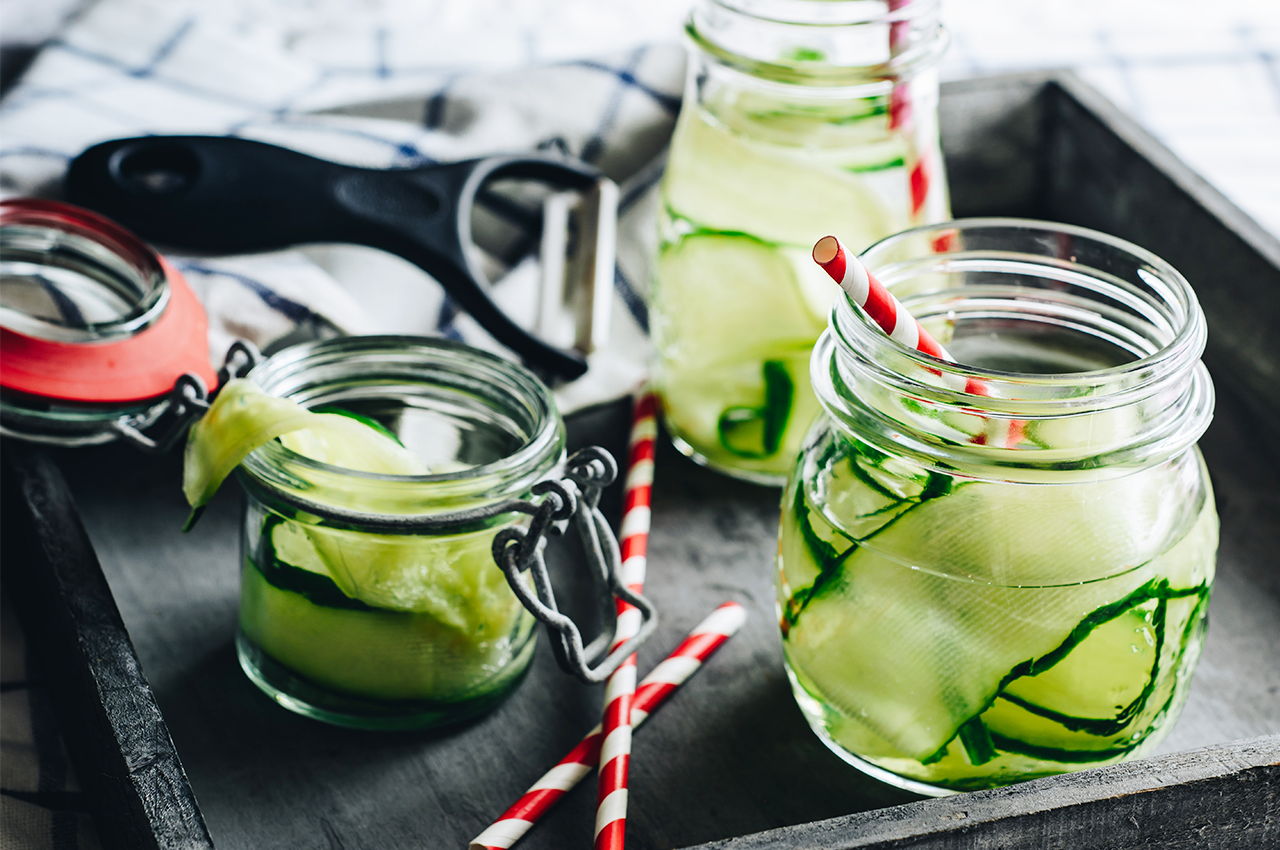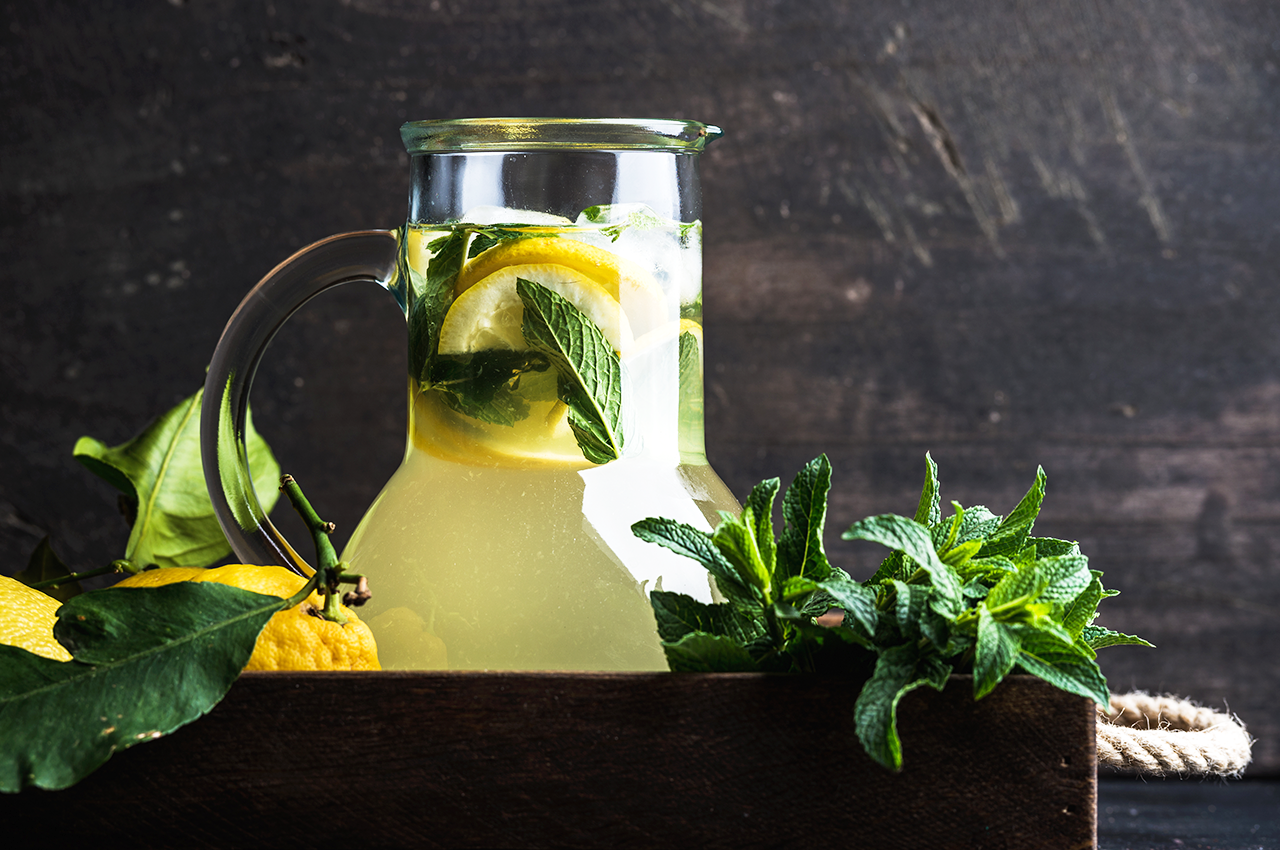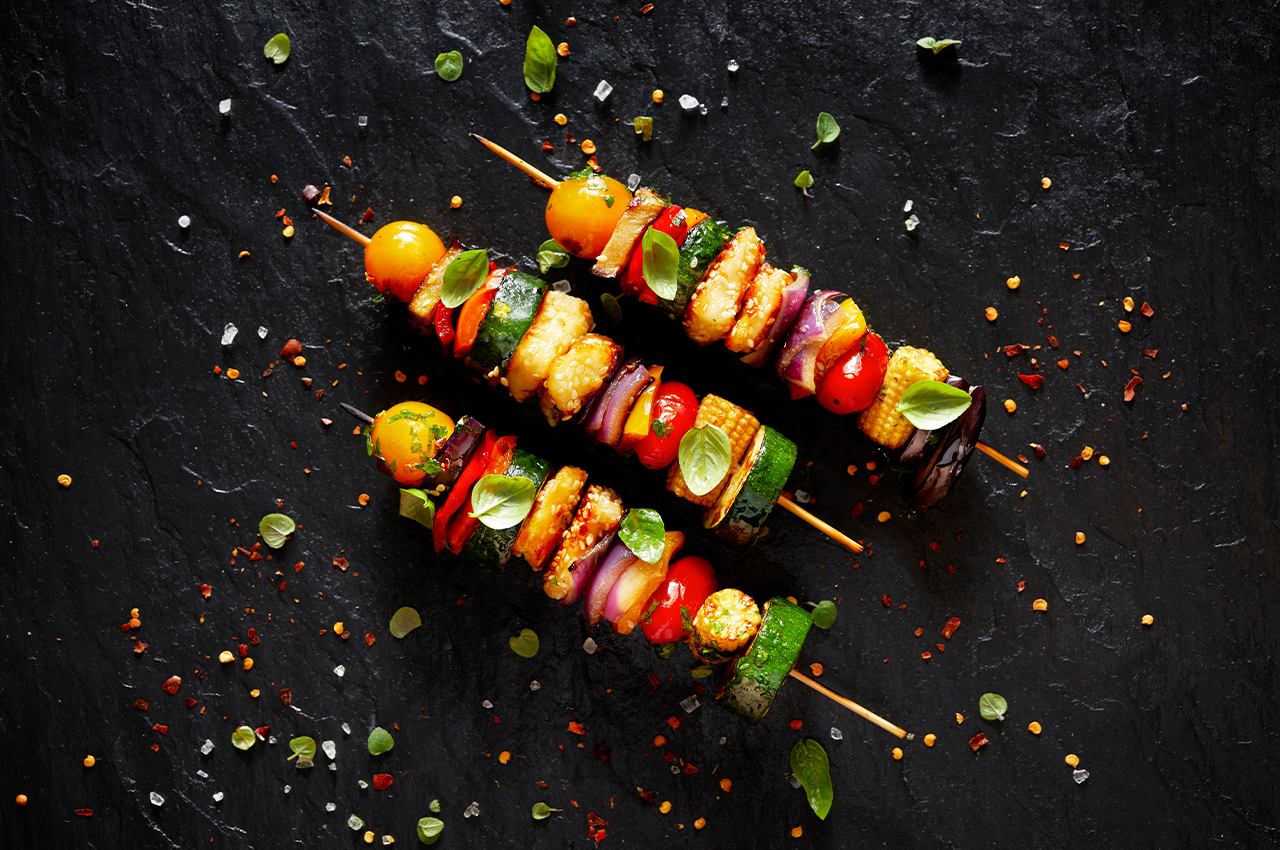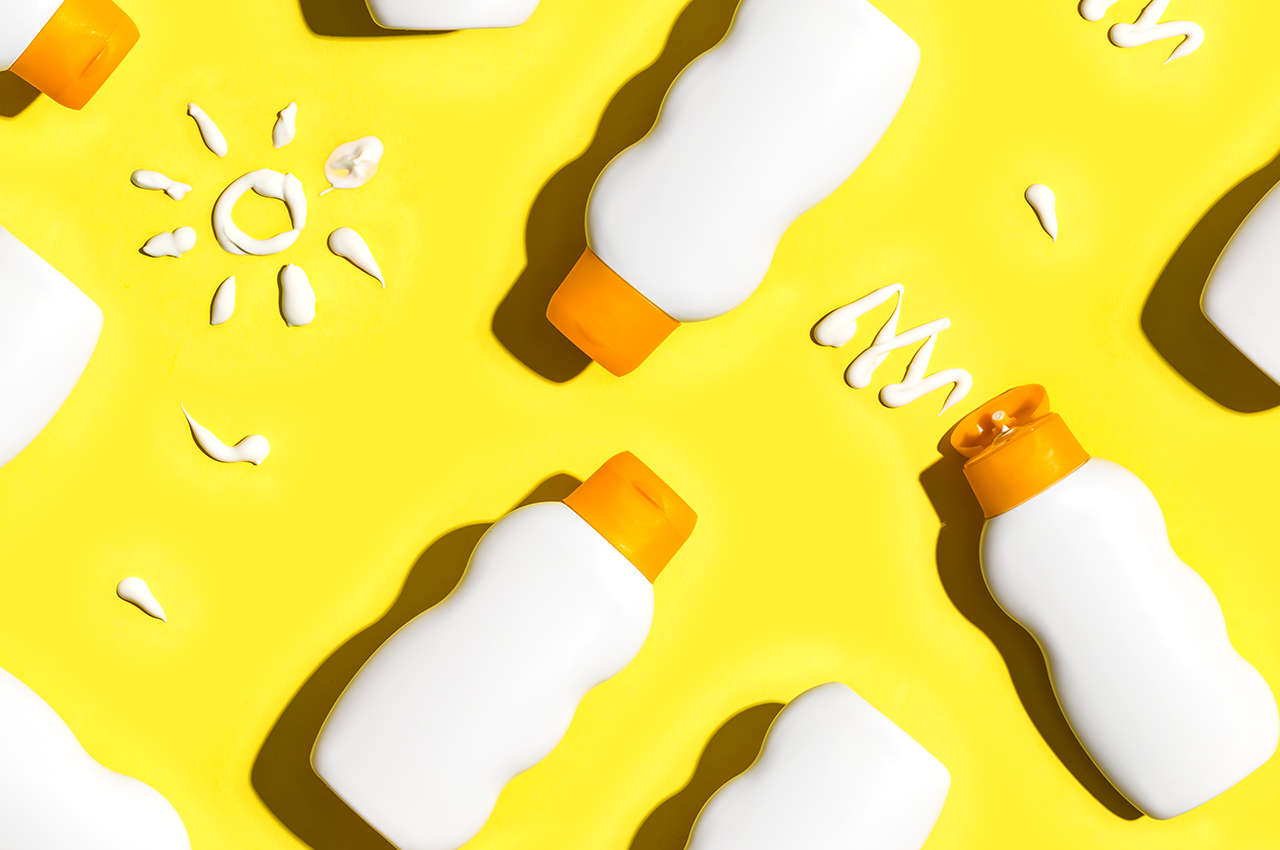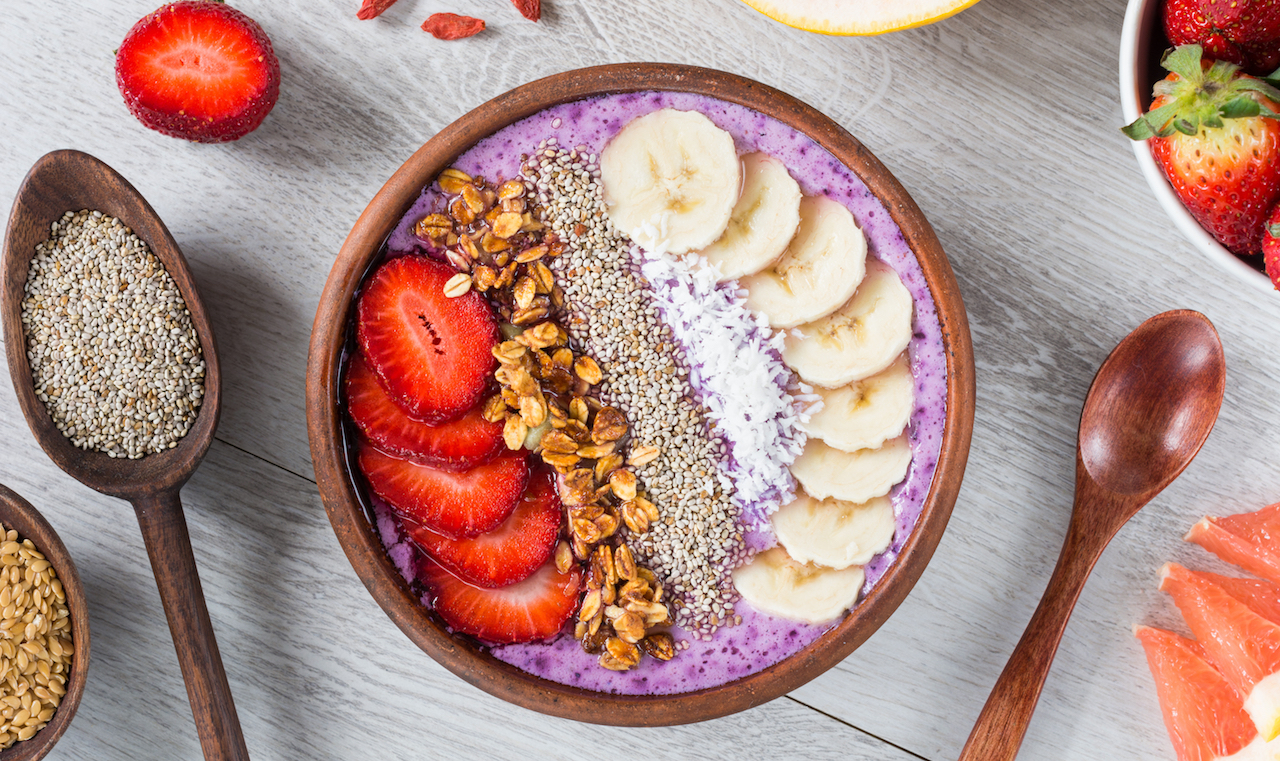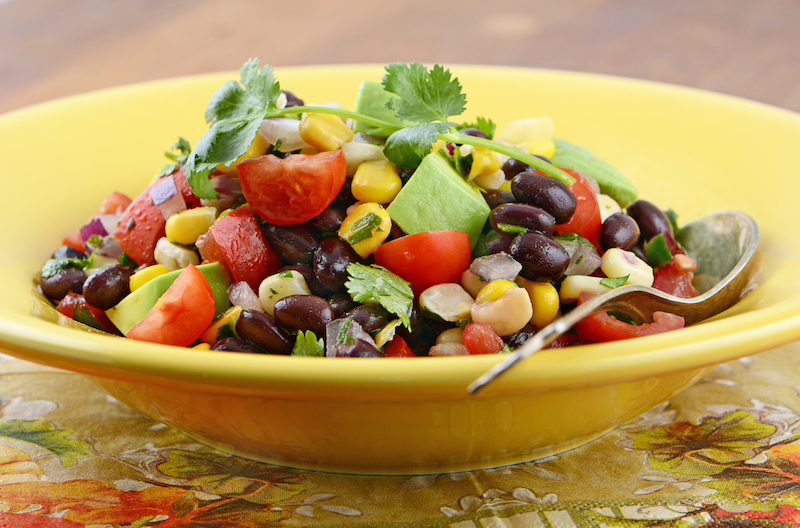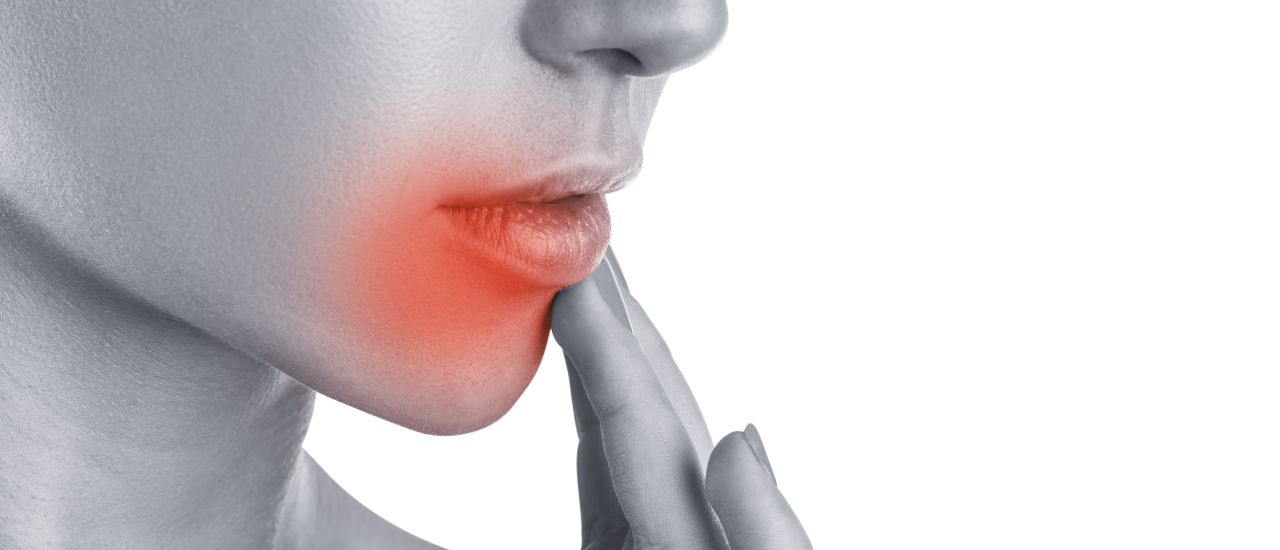This is a wonderful time to be with family, have a break, and enjoy tasty food and good company. But somehow things often end up less jolly and more ‘just-let-it-be-January.’
Why is this time of year so often accompanied by skyrocketing stress, anxiety and exhaustion? For one, we can feel overwhelmed with the extra social engagements. Plus, at big gatherings we might have to face people with whom we don’t necessarily see ‘eye-to-eye.’ It’s also easy to overindulge and spend money as if we’ve won the lottery (knowing full well our accounts are redder than Rudolph the Reindeer’s nose).
If you’re wondering how to have a great year-end without all this angst, read on.
Be best friends with boundaries
The festive season is a time of giving, but sometimes we give so much (time, energy, money) that we can no longer look after ourselves. Feel like you have to partake in all the family events or get gifts for everyone? Worried about being saddled with all the meal prep? Setting boundaries will help you navigate these stressful situations.
In a nutshell, says American research professor and author of Dare to Lead, Brené Brown, “A ‘boundary’ is simply what’s ok and what’s not ok.” And that’s something you decide for yourself. Identify what’s important to you over the festive season and what your limits are, then set boundaries from there. Work out in advance what you are comfortable with in terms of:
- Where you spend your time
- Who and what you prioritise
- How much money you spend
- What and how much you eat and drink
- Which holiday traditions you keep
It’s important to let go of guilt. Remember, having boundaries doesn’t mean that you don’t care about others. Healthy boundaries enable you to care for others and yourself.
Defuse festive season stress further with these strategies:
- Gift wisely. Festive gifting sounds fun but can be emotionally draining and cause serious financial strain. Does everyone really need an individual gift? A way around this is for each person to draw one name and buy only that person a gift of a certain value. Parents could club together to get teachers gift vouchers, while families could buy gifts for the children only. Try a gift-list app to help you keep track of spending, like Christmas Gift List Tracker for iPhone or Christmas Gift List for Android.
- Jingle all the way (to the bank). Hosting a fancy dinner, splurging on a holiday, a night on the town or a shopping spree can make a dent in your financial freedom. Set a budget before you get sucked into all the holly jolly. Find ways to stick to your budget. For example, rather than catering the get-together in full, ask everyone to bring a dish and drinks. Take your evening-out budget in cash and, once that’s spent, it’s time to go home.
- ’Tis the season to be healthy. The temptation to overindulge is real. But you don’t have to forgo your seasonal delights – just make sure the rest of what you eat that day is healthy. Avoid skipping meals “to make up for the splurge” and stick to small portions of the treats. Leave the sherry for Santa and choose refreshing mocktails. And get moving with a walk on the beach or a game of frisbee. There’s a strong link between exercise and stress reduction.
- Be summer safe. With our year-end weather being sunny side up, it’s important to take steps so you don’t end up with heat exhaustion or even permanent skin damage. Keep hydrated (with water, that is – alcohol makes you more dehydrated) and follow the Australian slogan of “Slip-Slop-Slap”: slip on a shirt, slop on sunscreen, and slap on a hat. Avoid the sun at the hottest times of the day (10h00–15h00).
So, set those boundaries and stick to them – it’s the best gift you can give yourself and everyone around you.
Quiz: Check your festive season stress levels
References
- Brené Brown on boundaries: https://www.youtube.com/watch?v=-WpdsRPzKco&ab_channel=ANDREA%E2%80%99SATOZSTRATEGIES%3AHEALTH%26WELL-BEING
- Boundary setting during the festive season: https://www.psychologytoday.com/za/blog/conquering-codependency/202112/healthy-holiday-boundaries
- Holiday strategies: https://holyoake.org.au/stress-less-festive-season/


